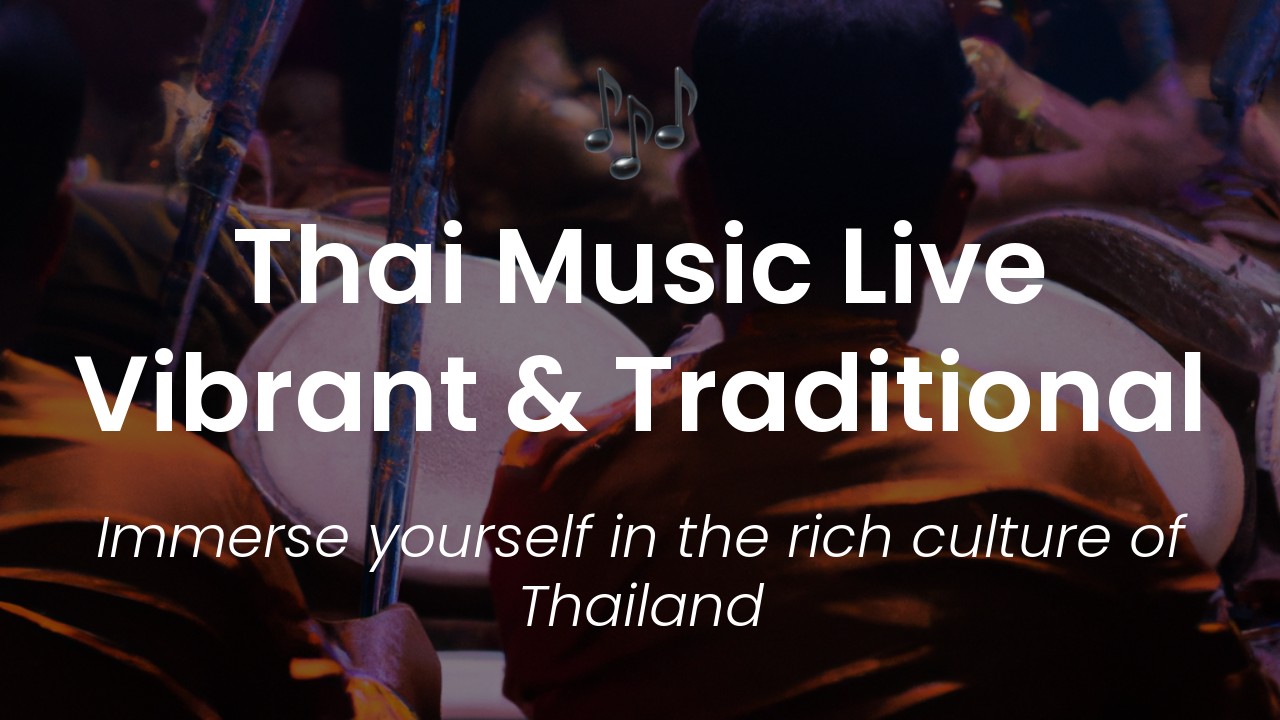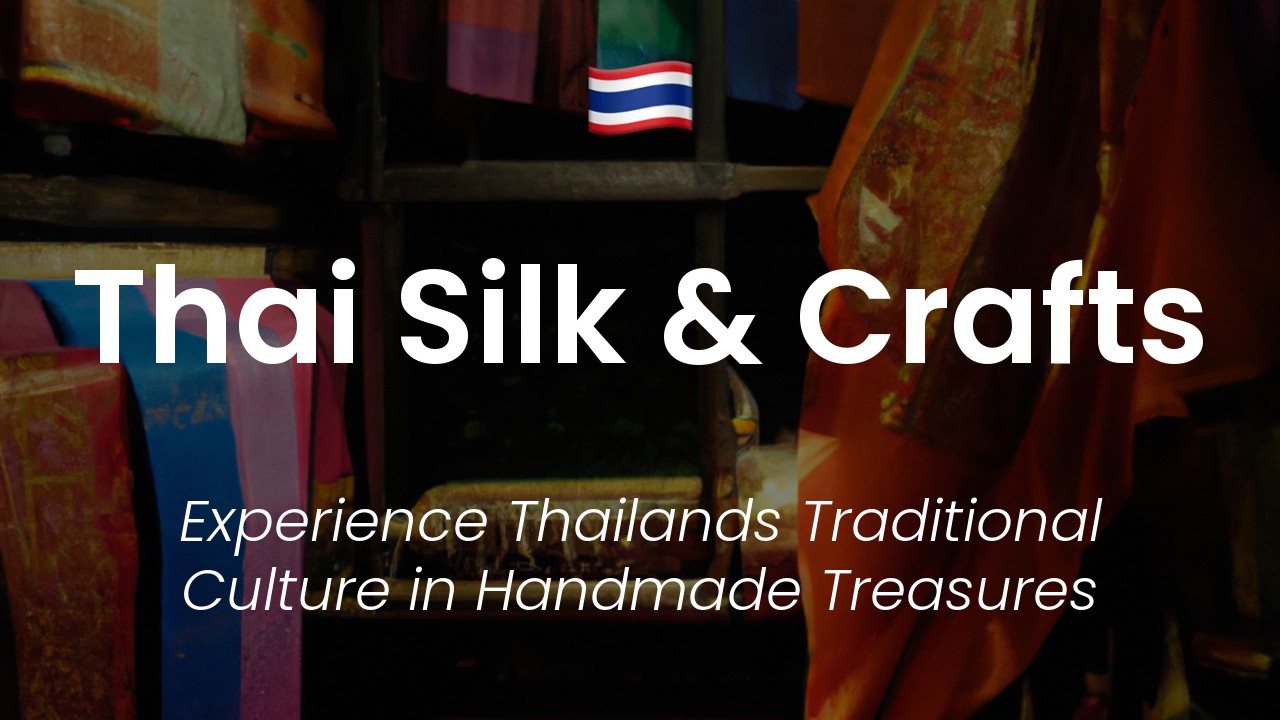As someone born and raised in Thailand, I have always been entranced by the beauty of traditional Thai music. It is a crucial element of our cultural identity, and it has stood strong through generations. Growing up, I was fortunate enough to listen to it first-hand at festivals, ceremonies, and local events. Watching the skilled performers striking their traditional musical instruments to make enchanting sounds captured my imagination and gave me goosebumps. In this blog post, I would like to take you on a journey through the world of traditional Thai music and why it is a must-see experience for anyone traveling to Thailand.
If you are a lover of music, you will find that Thai music has a distinct style and structure that sets it apart from other musical genres around the world. Our traditional music’s rhythms may seem complex and challenging to learn, but once you get to experience it through live concerts or performances, you will undoubtedly appreciate it. The instruments used in traditional Thai music are equally unique, with some of them made from natural materials such as bamboo, clay or wood. For instance, the Khim, a hammered dulcimer, with 27-32 strings, is a popular instrument utilized in Thai traditional music.
When visiting Thailand, you can witness traditional Thai music performances at some of the country’s famous landmarks such as temples or the Bangkok National Museum. There are also specialized venues such as traditional music schools, where you can watch the musicians perform live. Furthermore, some venues like Bangkok's Thailand Cultural Center host events to showcase the country's traditional music regularly. To get the most out of your experience, plan your visit around these performances, and you will not be disappointed.
What is traditional Thai music?
Thai music has been around for centuries, and it is deeply intertwined with the country's rich cultural history. Traditional Thai music is a complex system of melodies and rhythms that incorporate influences from the different regions of Thailand. The music often features unique instruments and performance styles that are specific to particular regions.
Importance and history of Thai music
Thai music has played an important role in the country's history and culture. It has been used for religious, ceremonial, and entertainment purposes. The music has also been influenced by other cultures, such as Chinese and Indian music.
One of the most significant periods in the development of Thai music was the Ayutthaya period. During this time, there was a great deal of cultural exchange between Thailand and other countries in the region. Thai music received many influences from other cultures, which contributed to the unique style that we know today.
Elements of traditional Thai music
Traditional Thai music consists of a combination of melodies, rhythms, and instruments. The melodies are usually played by stringed instruments such as the khruang sai and the saw sam sai. The rhythms are provided by instruments like the ching and the khong wong lek. Other unique instruments include the pi chawa, which is a type of fiddle, and the ranat thum, which is a xylophone-like instrument.
Unique instruments used in Thai music
Thai music is defined by its unique instruments, many of which are not found in any other form of music. Some of the most important instruments include:
-
Khruang sai – A stringed instrument that is played by plucking the strings with a pick. It is similar to the Chinese erhu.
-
Saw sam sai – Another stringed instrument that is played with a bow. It is similar to the Western violin.
-
Ching – A handheld percussion instrument that is made up of small cymbals. It is used to create the rhythm in Thai music.
-
Khong wong lek – A set of tuned gongs that are played with mallets. They provide the melody in Thai music.
-
Pi chawa – A type of fiddle that is played with a bow. It has a high-pitched sound that is distinct from other stringed instruments.
-
Ranat thum – A xylophone-like instrument that is made up of several tuned bars. It is used to create the melody in Thai music.
Opportunities for experiencing Thai music live
If you're interested in experiencing traditional Thai music live, there are many opportunities to do so. Thailand has a number of music festivals throughout the year that feature performances from some of the most talented musicians in the country. Some of the most popular festivals include the Bangkok International Festival of Dance and Music, the Pattaya Music Festival, and the Hua Hin Jazz Festival.
There are also many venues in Thailand that regularly feature live music performances. Some of the most popular venues include the Saxophone Pub in Bangkok and the Riverside Terrace in Chiang Mai.
Popular Thai music festivals and events
-
Bangkok International Festival of Dance and Music – This festival features a variety of performances, including Thai classical music, ballet, opera, and more. It takes place every September and October.
-
Pattaya Music Festival – This festival features both Thai and international musicians performing a wide range of styles. It takes place every March.
-
Hua Hin Jazz Festival – This festival is dedicated to jazz music, and it features performances from some of the most talented jazz musicians in Thailand and around the world. It takes place every June.







